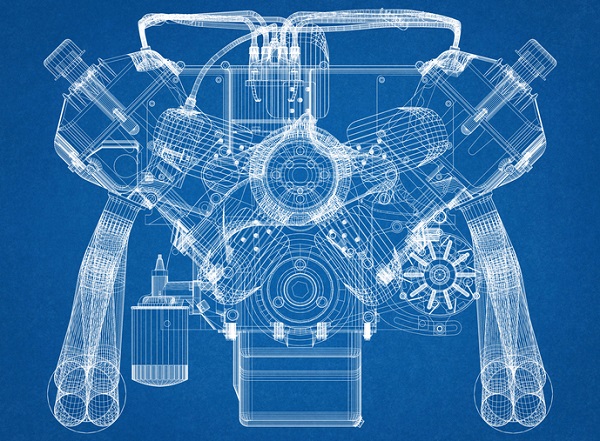What Students in Auto Mechanic Training Should Know About Mid-Engined Design
There is some disagreement about what classifies as a mid-engined car. Some say that in order to be considered mid-engine the engine must be between the driver and the rear axle. Others claim that any car with the engine between the front and rear axles (as opposed to over the front axle) is mid-engined. However, most people split the difference and categorize those as front mid-engined.
In previous years there were more affordable mid-engined vehicles like the Pontiac Fiero, the Toyota MR2 and the Lotus Elise. Now most mid-engine designed cars are expensive sports cars and supercars. There have also been rumours that a mid-engined Dodge Charger will appear in the new Fast and Furious with, you guessed it, Dominic Toretto in the driver’s seat. Here are a few more examples of recent mid-engine designed vehicles and some of the concepts behind them.
Why Move the Engine?
An example of a new mid-engined vehicle is the 2020 Chevy C8 Corvette. Its engineers knew that to increase the power of an engine, they would have to increase its mass. This means that there would be an increase in the imbalance between weight on the front and rear axles and that would result in worse handling and braking performance. In previous years Corvette engineers tried to move the engine back while still keeping it in the front of the vehicle, but the results were longer hoods, which didn’t look great, and a pushed-back passenger compartment. The only solution was to create a mid-engined Corvette, a first for the iconic car.
Another thing you might want to know about after your automotive technician training is that special tools are required to service a car like the C8. Dealers will have to complete service training, and buy a specific tool set to be able to maintain these new Vettes.
Understanding The Polar Moment of Inertia
If you have read about mid-engined cars before you may have run into this physics concept and wondered what it meant. Mid-engined vehicles have a lower polar moment of inertia. Essentially, this term refers to a measurement of an object’s resistance to twisting. For cars, you could say this refers to a vehicle’s cornering capabilities.
When the mass of the engine is behind the driver and in front of the rear axle, weight is more centralized, which allows the car to turn more easily and therefore more rapidly. Have you ever sat on an office chair and had someone spin you around? The difference between how fast you spin with your legs out, versus with your legs tucked under the chair is the difference in your polar moment of inertia.
Other Examples of Mid-Engined Cars for Students in Automotive Technician School
If you have enrolled in automotive technician school it is likely you have been interested in cars for a long time and know that there are many notable mid-engined vehicles other than the new Corvette.
For example, the Acura NSX has a twin-turbocharged 3.5-litre V-6 with a nine-speed dual-clutch transmission and 573 horsepower. There is also the Fort GT, which was actually assembled in Canada, although Ford has since halted plans for any more orders on this car. Then there is the Porsche 718 Boxster, which is the company’s entry-level sports car and one of its only mid-engined models and the list from other companies goes on. So while mid-engined cars are definitely unique, they’re common enough that you may come across a few in your auto mechanic career.
Learn more about auto mechanic training today!
Your career starts at CATI.



